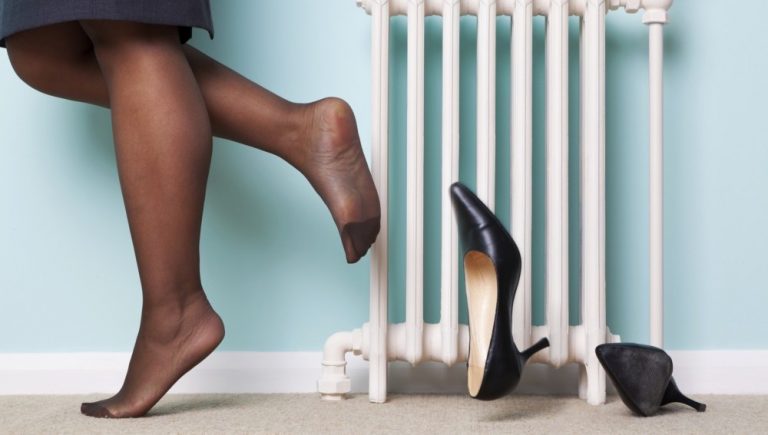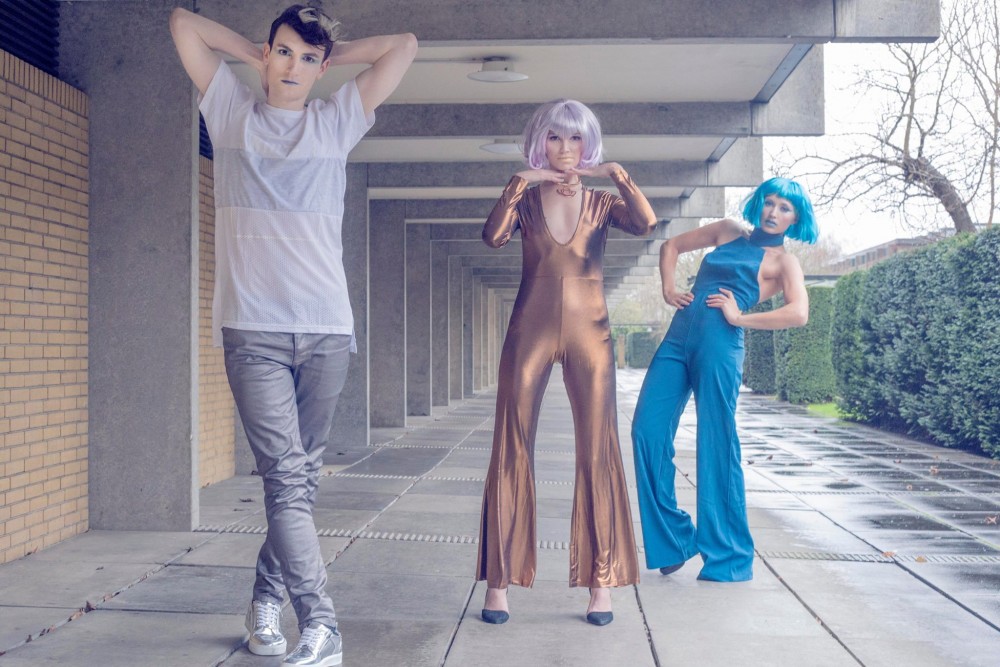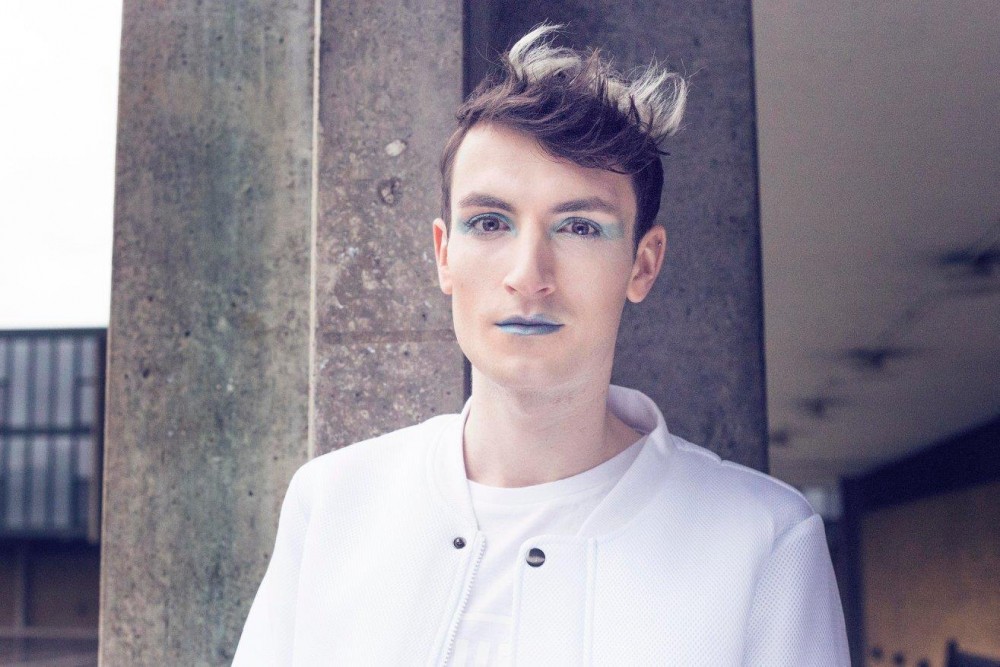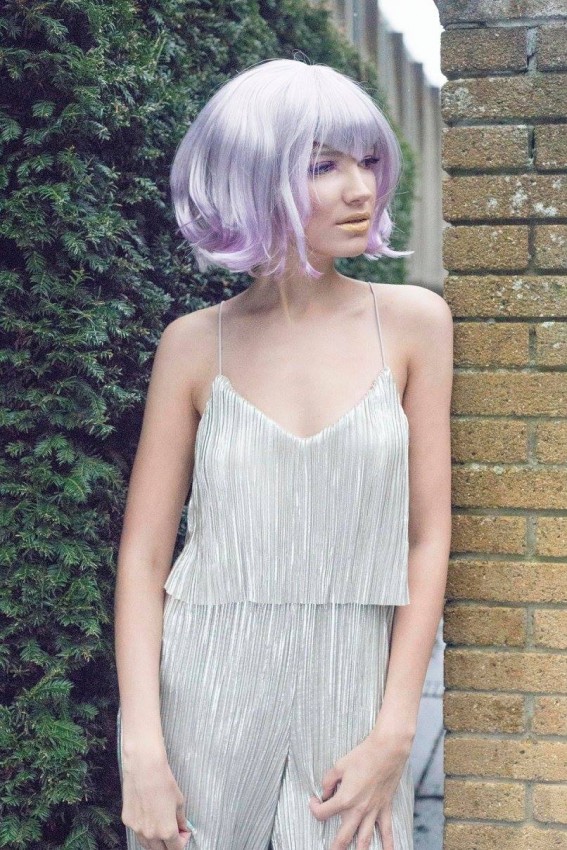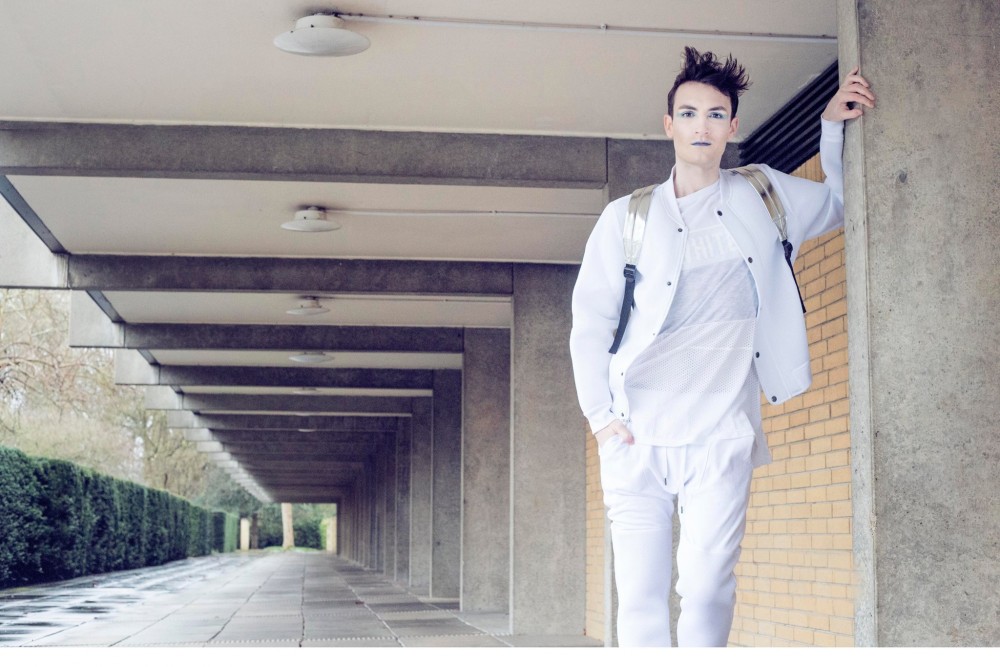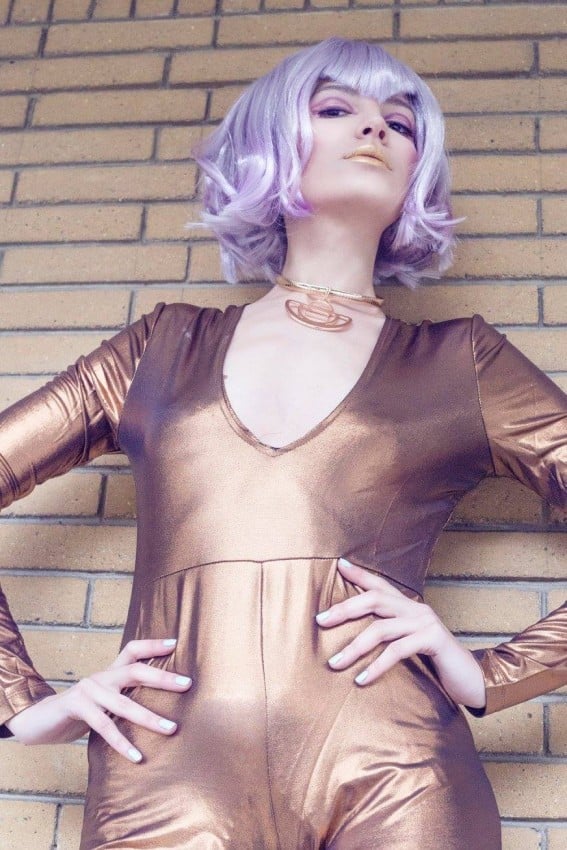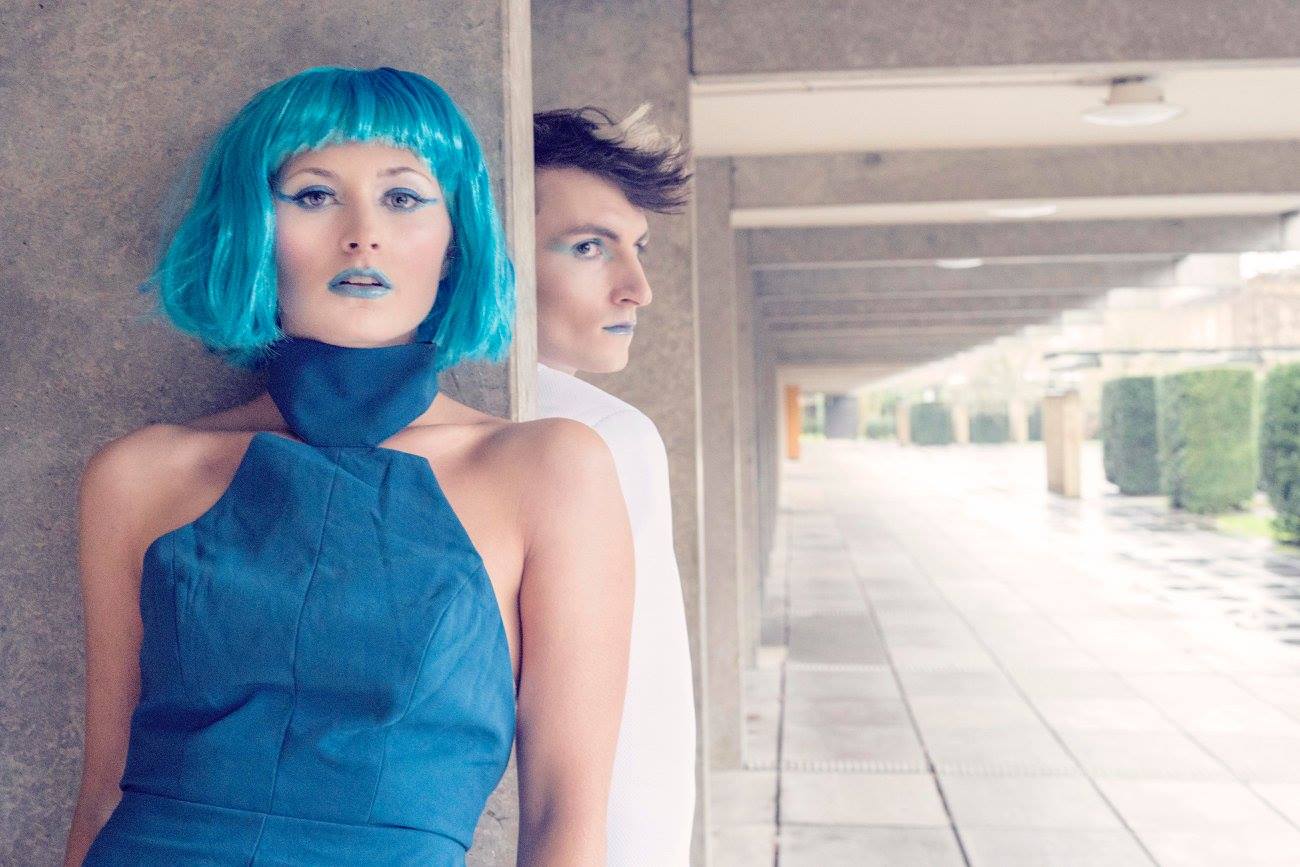The last census recorded that one in four Brits no longer identify with a religion, one of the most quantitative measures of our transition to a more secular society. Fewer of us follow a faith than ever before, and we are one of several industrial nations at this juncture. We now have two choices: either replace a religious world view with a scientific perspective or an uninspired apathy. I hope to show that losing our religion does not mean losing our sense of purpose, awe, morality or indeed anything at all. I hope that in the future we will neither lapse into apathy or back into faith, but will endeavour to see the true beauty and mystery of our lives through the clear lens of science.
Perhaps the main reason for worshiping god(s) is to thank them for creating such an amazing world. Looking at the complexity of life, the distant stars and the nurturing light of the sun, we find ourselves in a justified state of wonder. Taking this country’s largest religion; Christianity, as an example we find a god only willing to take credit for and describe one very small corner of creation. No hints are given as to how the universe began, whether or not there are other solar systems, other intelligent beings, and we are kept in the dark about such magnificent things as galaxies, black holes, supernovae, nebulae, quasars and all the other beautiful and strange forms that other planets, solar systems and stars can take. There is no suggestion of the existence of a multiverse and we are led to believe we are alone. The small aperture through which religion shows us the world leads us to believe in a poorer, smaller and less diverse universe than we actually inhabit.
But at least religion is poetic in its descriptions of its small world. The notion of us as divine created beings, made in the image of a god is surely preferable to science’s description of a heap of chemicals in a messy self-replicating dance. However, as I’ll further explain later, science can inspire more poetic descriptions of Humans and the world than religion could ever manage, because it knows more and is in some ways more open to interpretation than holy texts. Instead of being made from dust (as was Adam) we can look further back to where the atoms of the Earth came from. The young stars of our universe only contained hydrogen and helium, which have to be fused together to create the larger atoms like carbon and oxygen which are essential for life. So from a scientific perspective, the dust God made Adam from was either stardust or nuclear waste. Both are true. Regardless, the image of the atoms now in your body, being born in bursts of light at thousands of degrees within a star is, in my view, more exciting and more aggrandising than for us to believe we have come from simple dust.
And then there is the numinous: moments of non-rational awe and complete bafflement at what we experience of external reality – the experience of a power higher and separate from Human power. Historically, the numinous has lived in religion’s territory, but I see no reason it should remain there today. We can’t deny when looking at art, listening to powerful music or viewing a landscape that we feel something which seems to transcend material existence and Human inspiration. I couldn’t tell you why or even be sure if we evolved to find beauty in landscapes. At times it does feel as if there is something more, something beyond explanation.
The mistake our civilisations have made so far is attributing these phenomena to something divine or mystical, when there is as much reason to do this as there is to praise your next-door neighbour for the sunset. While there may be parts of experience which will always be beyond the reach of science, this is no excuse to jump to religious conclusions. Many agnostic scientists actually do believe in other realms of reality beyond our familiar physical. For example, Max Tegmark believes that physical reality is an illusion and that we live in one of an infinite number of mathematical structures, while Edward Frenkel believes in a “wholly other realm” in which exist some of the unphysical phenomena which appear to interact with physical reality. In fact, Wadham College’s Roger Penrose also believes there is something mysterious about the relationships between our perceived mathematical, physical and mental realities – each of which present themselves as if they have emerged from one of the others. Penrose believes that mathematics has its own platonic existence.
So it isn’t unscientific to speculate about the mysteries of reality yet, and neither must it be mystical. Science isn’t merely the facts on the table and the best theories of today, but a guided imagining to be tested by tomorrow’s experiments. However, there are times at which not even the most mysterious and beautiful things, physical or not, fail to move us. At these times, even today, science with all its predictive power would seem incapable of helping us.
The times at which we most need religion are death and grief. I’ll admit that as a boy I would often pray to God for things to turn out fine. I’m sure most of us have pleaded in such selfish ways to whatever supernatural guardian we thought was listening. But selfless belief is most often resurrected by the most difficult Human phenomenon to understand: death. When a person we are close to dies we will be found, most likely, in a church singing hymns and praying at a funeral. Our sadness that the person we were so happy to have known now no longer exists can only be consoled by the promise that they are still alive and with us, but in a different form. Most religions do this by promising an afterlife, while assuring us that we should not fear death because we will join our loved ones when we die.
You may wonder how science could offer any greater comfort than eternal afterlife, regardless of its believability. You may be surprised to find that, supplanting holy books, an alternative comfort can be found in reading Relativity, by Albert Einstein.
One of the most interesting ideas from Einstein’s studies was a novel way of thinking about space and time. In our experience they are distinct phenomena, but are in reality part of one fabric: space-time. In Einstein’s universe, time doesn’t flow but we feel as if we flow through it. Time is a fourth dimension different to the three spatial ones but just as unchanging. This means that while your brain only experiences around three seconds of time at once, you exist at all times from when you became conscious in your mother’s womb until your death. Max Tegmark likens Human beings to four dimensional trees in space-time. This is easy to explain if we first think about a simpler system than a whole Human and instead look at the earth and the moon. If we make them two dimensional and view them as time flows, then we see the moon circling the Earth, however if we treat time as the third dimension we see the moon as a twisting cylinder and the Earth as a straight cylinder in 3D space-time. This is how the Earth and moon really are, but in four dimensions. A Human looks like a tree in this perspective, with atoms flowing into your body before birth like roots, twisting together in a complex dance during your lifetime before spreading out into the world again after you die, like branches and leaves.
Science doesn’t define a Human as an object, but as a process. The atoms in your body are completely replaced every eight years so that not a single atom from your birth is part of you today. A wave on a pond seems to move across the water over time, but in reality the atoms at each point on the wave’s path are just bobbing up and down. The atoms in the wave at its beginning stay where they are and none of them move with the wave to its resting place. Just like us, the wave isn’t matter, it is the interaction of matter. The dropping of the stone into the pond is the wave’s birth, and its dissipation is its death.
Personally, I find it more interesting and comforting to see people as ever changing processes – processes which are never born and never die, but always exist as a beautiful tree like structure in space-time. When someone we know dies it means we have found the end of the section of time in which our lives overlapped. We should be happy that they overlapped at all and take comfort in the fact that we will always be together somewhere in time. This new perspective means that every good, bad and indifferent event in your life will always exist and is not erased by the illusion of flowing time. This is perhaps an incentive to make as many moments of your life ones you’ll be happy to record. While God may forgive you for an empty life as long as you submit to him before death, Einstein’s time neither forgives nor forgets.
Perhaps the last preserve of religion is moral teaching. You will certainly never hear a scientist commenting on morals in a professional capacity will you? Yes. In the early 1980s, embarrassed that his book The Selfish Gene had been so widely misread that it had helped Thatcher win the election, New College’s Richard Dawkins made a programme called Nice Guys Finish First. In the program, morality was explained by evolution, as most behaviours can be. Computer simulations were run in which groups of nice, nasty, revengeful and random ‘animals’ interacted. The animals which survived best in the simulations were those which were altruistic and so did favours for others, but which would resent other animals who cheated. These animals would then pass their ‘genes’ onto the next generation. In fact, we don’t need a computer to see that altruism and an ingrained moral code must have helped Humans to survive and indeed have continued to help us thrive as a cooperative civilisation. Science shows that in most groups, it pays to be altruistic and to act morally – not from fear of hell, but from the knowledge that we were made this way because it helped us succeed. Interestingly, aside from small variations, religions carry the same moral message and almost all have anthropomorphic gods. This has been more succinctly put by Balliol’s Christopher Hitchens that ‘man made God in his image’. I would add that we also taught God his morals.
I should close by reassuring those of a religious disposition that I don’t intend to interfere with your perspectives. This is an article for those who have left religion and are looking, as we all do, for meaning. As I hope you’ll agree, leaving a religion is not a reason to live a more cynical or empty life. In fact, if a scientific view of life is taken, a much richer one can be lived. Science offers more. More explanations, deeper insight and the most precious of all things to the Human mind: a sprawling future of new questions.



